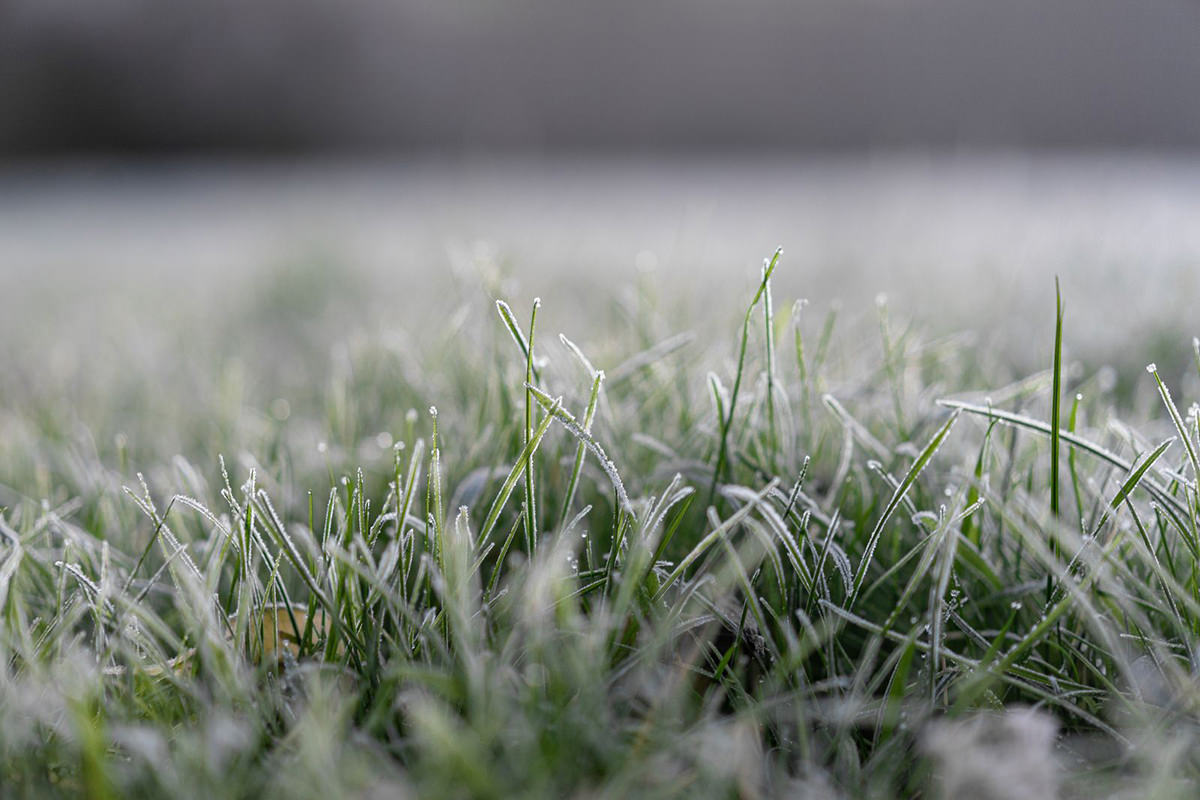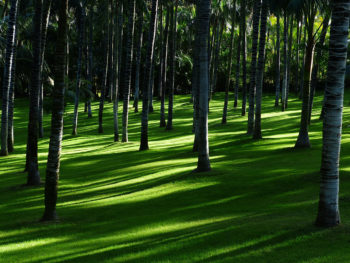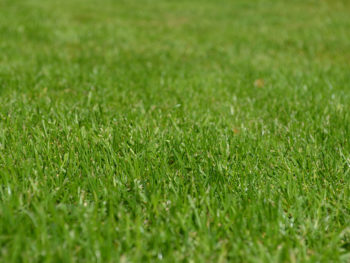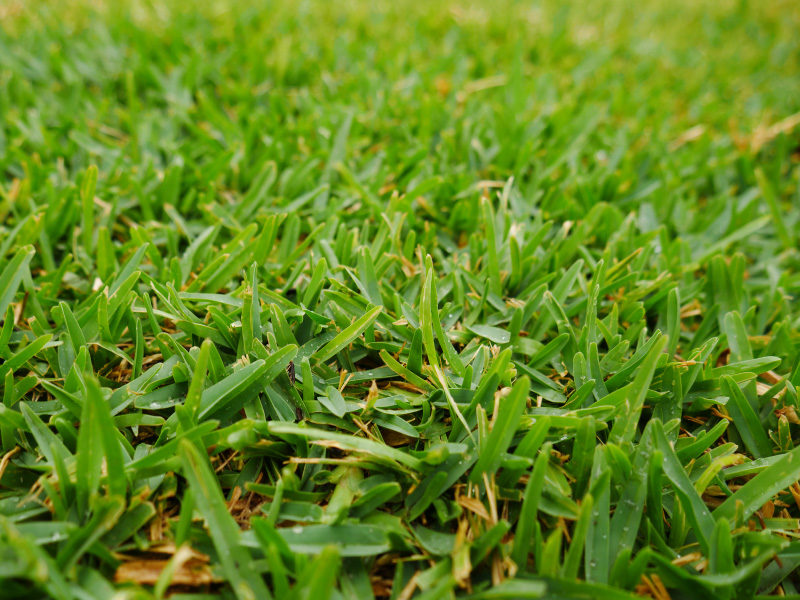An icy, frosty lawn is a common – and quite pretty – sight in winter in many parts of Australia. In warmer areas of the country, our lawns aren’t used to being covered in frost and snow on a regular basis, but even in Queensland, lawns can be affected by frost in certain regions.
Frost occurs after a cold and clear night, when morning dew freezes on your lawn, turning your expanse of green into an expanse of white. The severity of a frost can range from light and scattered to thick and heavy – and very damaging. Even a light frost (meaning the ground doesn’t actually freeze) that occurs over several consecutive nights can lead to the same kind of damage as a heavy frost.
When your patch of grass is covered by a thick layer of frost, it’s very susceptible to damage, and you need to treat it very carefully.
So why is frost a problem for your lawn?
The effects of frost on your lawn
- Freezing of the grass blades. The moisture inside grass blades will expand and freeze during a frost, rupturing the cell walls of the grass and damaging the plant.
- Colour loss. While some colour loss will naturally occur over winter, frost is a major contributor to grass discolouration.
- The appearance of yellow or brown patches, where the grass has become ragged and damaged.
- Slowing down of the process of photosynthesis, leading to the grass not being able to generate enough nourishment.
- Slowing down of enzyme activity, compromising many processes.
While frost won’t kill your lawn, it can certainly damage it and make it harder for the lawn to fully recover. And frost will definitely have a cosmetic effect on your lawn.
How to deal with frost on your lawn
If you know a frost is forecast
Avoid mowing at all costs, as this will make the grass more susceptible to frost damage.
Water your grass deeply the night before a frost is predicted. Water will slowly evaporate overnight, a process which heats the grass blades slightly and prevents the grass from reaching freezing temperature. Once your grass has hit freezing, cell wall damage and grass dieback occurs. Preventing grass from reaching freezing temperatures is one of the best strategies to help minimise frost damage.
During the frost
Don’t walk on frosty grass. While it can be fun to crunch through a thick layer of frost on your grass, try to resist the temptation. Walking on frozen grass will damage the plant by breaking off the blades of grass. The cellular damage caused by a frost is significantly worsened by crushing the blades. Even worse is driving on a frosty lawn, as this will cause even more damage. Try and park somewhere else rather than the lawn if a frost is forecast. Stay off the lawn while the frost is on it – your grass will thank you. Wait until the sun has risen enough to melt the frost if possible.
If you’re out of bed early on a frosty morning, give your lawn a helping hand by lightly watering it before the sun rises. This helps remove frost from the blades quickly and evenly, and reduces the chance of brown patches occurring. This is also a useful strategy if you know you’ll need to walk on the lawn before the frost has a chance to melt naturally.
After a frost
If you’re mowing the lawn, raise your mower blades. Leaving the grass blades longer will help to protect the crown of the grass from frost damage. And don’t mow until your lawn recovers from any discolouration and is starting to grow again.
Give the lawn a good raking to remove any dead grass a few days after a heavy frost. Dead grass can lead to a build-up of thatch.
If it’s getting close to spring and fertilising season, make sure you wait a month after frost damage has occurred to give the lawn a dose of fertiliser. Applying extra nitrogen too soon after a frost can damage and dehydrate the grass even more.
Good lawn health
Keep in mind that if your lawn is in good overall health, it will be able to withstand the impacts of a frost better. In particular, a good dose of fertiliser in late autumn will make the lawn grass more tolerant of the cold.
Click here to discover how to effectively prepare your lawn for winter.
Choosing the right variety of grass
The ability to resist cold is an important feature of a good grass choice, particularly for Australians living in southern climates. You need to choose a type of grass that will hold up to wintry conditions and that can outlast a decent frost.
If you’re installing a new lawn in a colder climate, talk to us here at Horsham to help you determine the best variety of grass to withstand frost.
Bitter cold temperatures don’t have to be devastating for your lawn. With the right care, your lawn will survive the impact of frost, and can look healthy and beautiful all year round.





 Controlling weeds in your lawn without chemicals
Controlling weeds in your lawn without chemicals
